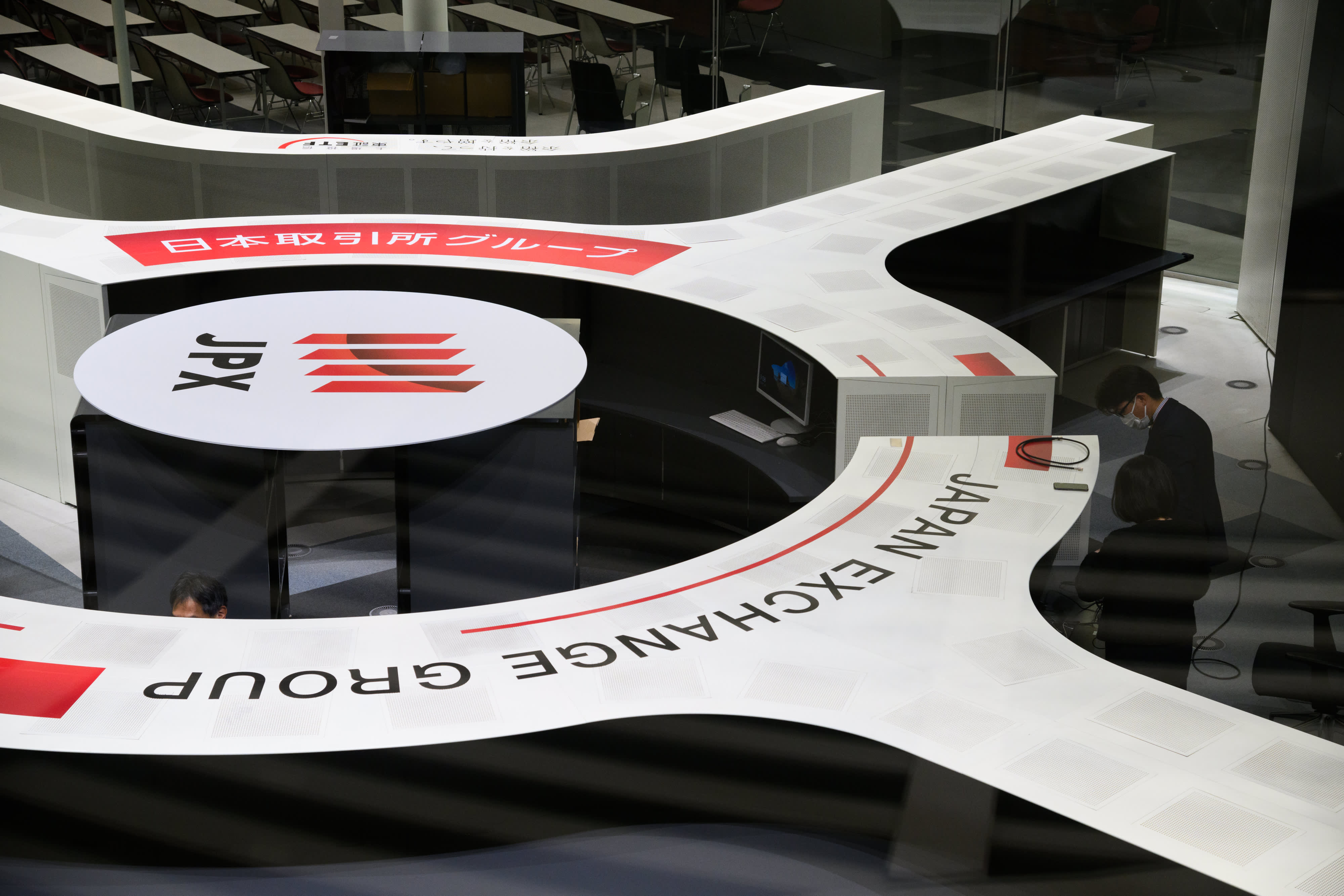
Asia-Pacific markets opened lower on Thursday, as the Japanese yen weakened to a near 38-year low late Wednesday, hitting 160.82 against the U.S. dollar, according to FactSet data.
The yen last breached the 160 level against the dollar two months ago, prompting the Japanese government to prop it up in the country’s first currency intervention since 2022.
Finance Minister Shunichi Suzuki said Thursday that the country was “deeply concerned about FX impact on economy,” Reuters reported.
Japan’s year-on-year retail sales growth for May came in at 3%, higher than the market forecast of 2%, according to a Reuters poll of economists. This compares with a revised 2% growth in April.
China’s industrial profits grew 3.4% year on year from January to May, reaching 2.75 trillion Chinese yuan ($378.41 million), official data showed Thursday. The country’s industrial profit for the first four months of this year had risen by 4.3%.
Japan’s Nikkei 225 declined 1%, while the broad-based Topix lost 0.5%.
Separately, Hong Kong Hang Seng index led losses in the region and dropped more than 2%, dragged by consumer non-cyclical stocks. Mainland China’s CSI 300 was 0.41% lower.
South Korea’s Kospi fell 0.48%, while the small-cap Kosdaq was 0.37% lower.
Australia’s S&P/ASX 200 pared earlier losses to shed 0.85%.
Overnight in the U.S., the Dow Jones Industrial Average added 0.04%, while the S&P 500 rose 0.16% and the Nasdaq Composite gained 0.49%. The Nasdaq’s climb was led by Amazon shares, which recorded a 3.9% jump.
The stock hit an all-time high and reached $2 trillion in market value for the first time on Wednesday, joining Nvidia, Apple, Alphabet and Microsoft.
—CNBC’s Hakyung Kim and Brian Evans contributed to this report.
Source: CNBC
